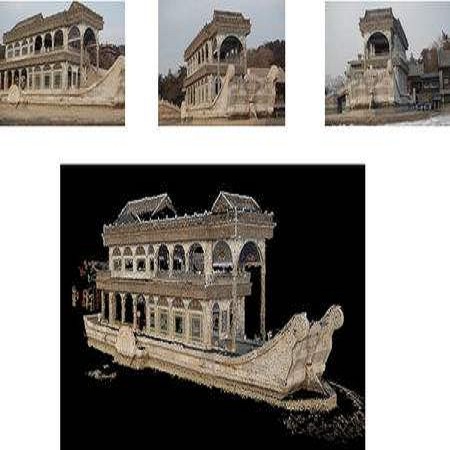3D reconstruction of deformable (or non-rigid) scenes from a set of monocular 2D image observations is a long-standing and actively researched area of computer vision and graphics. It is an ill-posed inverse problem, since -- without additional prior assumptions -- it permits infinitely many solutions leading to accurate projection to the input 2D images. Non-rigid reconstruction is a foundational building block for downstream applications like robotics, AR/VR, or visual content creation. The key advantage of using monocular cameras is their omnipresence and availability to the end users as well as their ease of use compared to more sophisticated camera set-ups such as stereo or multi-view systems. This survey focuses on state-of-the-art methods for dense non-rigid 3D reconstruction of various deformable objects and composite scenes from monocular videos or sets of monocular views. It reviews the fundamentals of 3D reconstruction and deformation modeling from 2D image observations. We then start from general methods -- that handle arbitrary scenes and make only a few prior assumptions -- and proceed towards techniques making stronger assumptions about the observed objects and types of deformations (e.g. human faces, bodies, hands, and animals). A significant part of this STAR is also devoted to classification and a high-level comparison of the methods, as well as an overview of the datasets for training and evaluation of the discussed techniques. We conclude by discussing open challenges in the field and the social aspects associated with the usage of the reviewed methods.
翻译:从一组单目二维图像观测中重建具有变形(或非刚性)场景的三维结构是计算机视觉和图形学中一个长期且积极地研究领域。这是一个病态的反问题,因为在没有额外先验假设的情况下,可以产生无限多的解以实现对输入二维图像的准确投影。非刚性重建是用于下游应用如机器人,增强现实/虚拟现实或视觉内容创建的基础性构建块。使用单目相机的关键优势是它们广泛存在且易于使用,相比于更复杂的摄像头设置如立体或多视角系统更为实用。本综述关注于从单目视频或单目视图集中进行各种可变形物体和复合场景的密集非刚性三维重建的最新技术。我们首先从一般方法开始-这些方法处理任意场景并仅作出少量先验假设 - 然后继续向处理观测物体和变形类型做出更强先验假设的技术方法(例如人脸,身体,手和动物)。本文的一个重要部分还专门讨论方法的分类和高层次的比较以及所讨论技术的训练和评估数据集的概述。我们最后讨论了该领域的未来挑战和使用所评估技术的社会方面。

